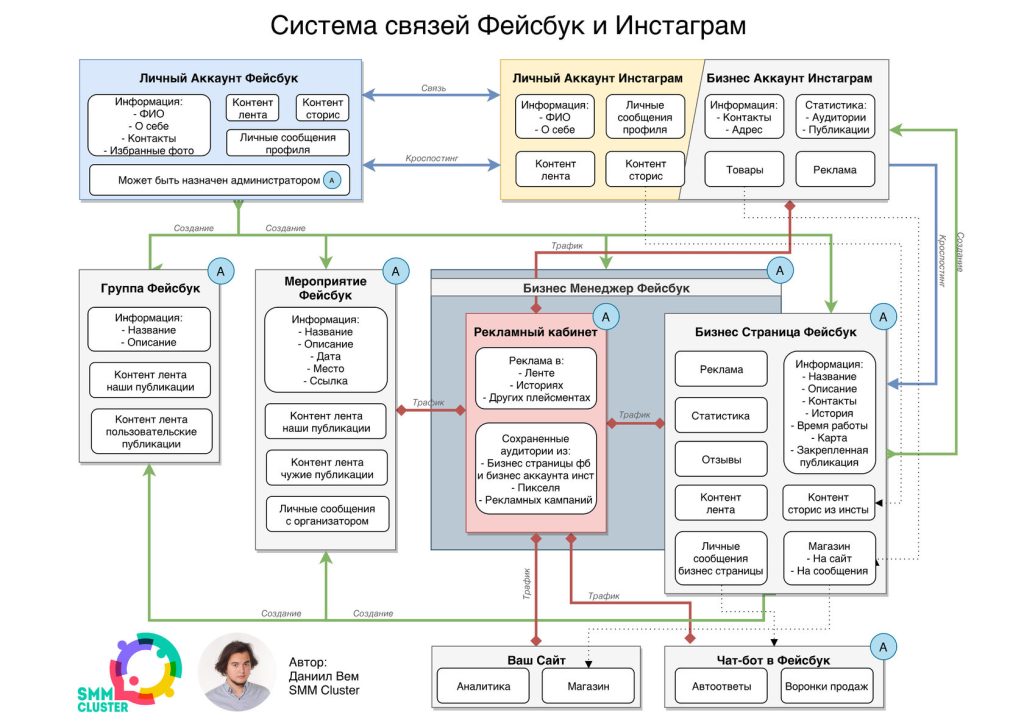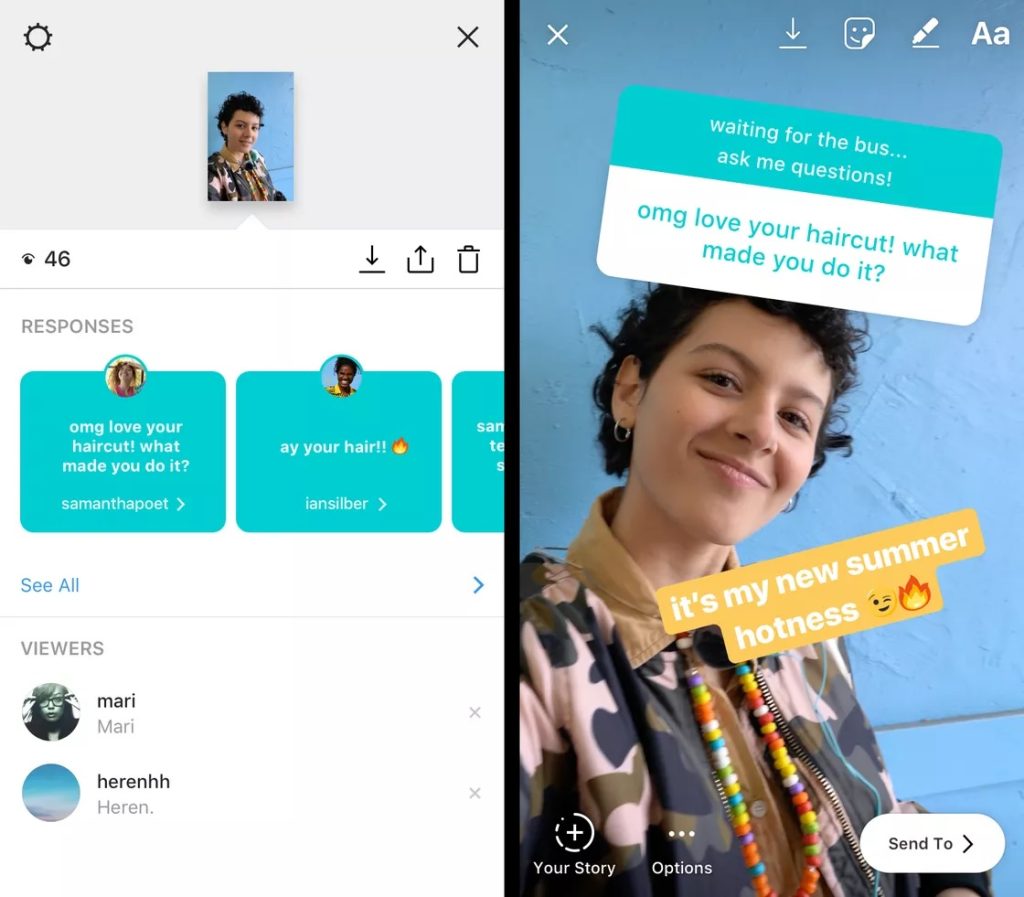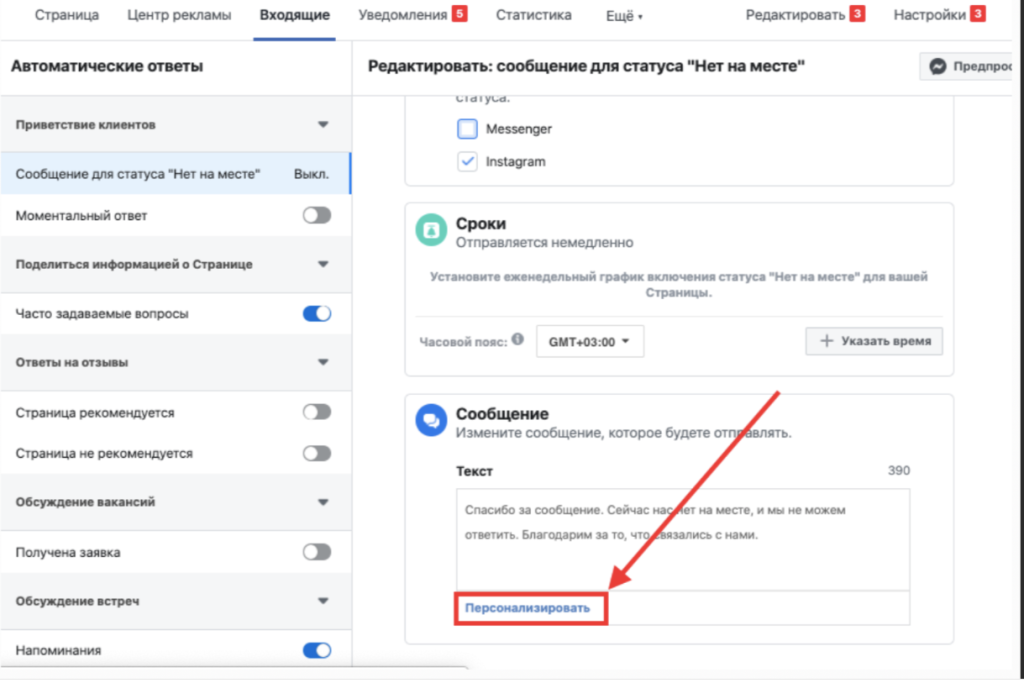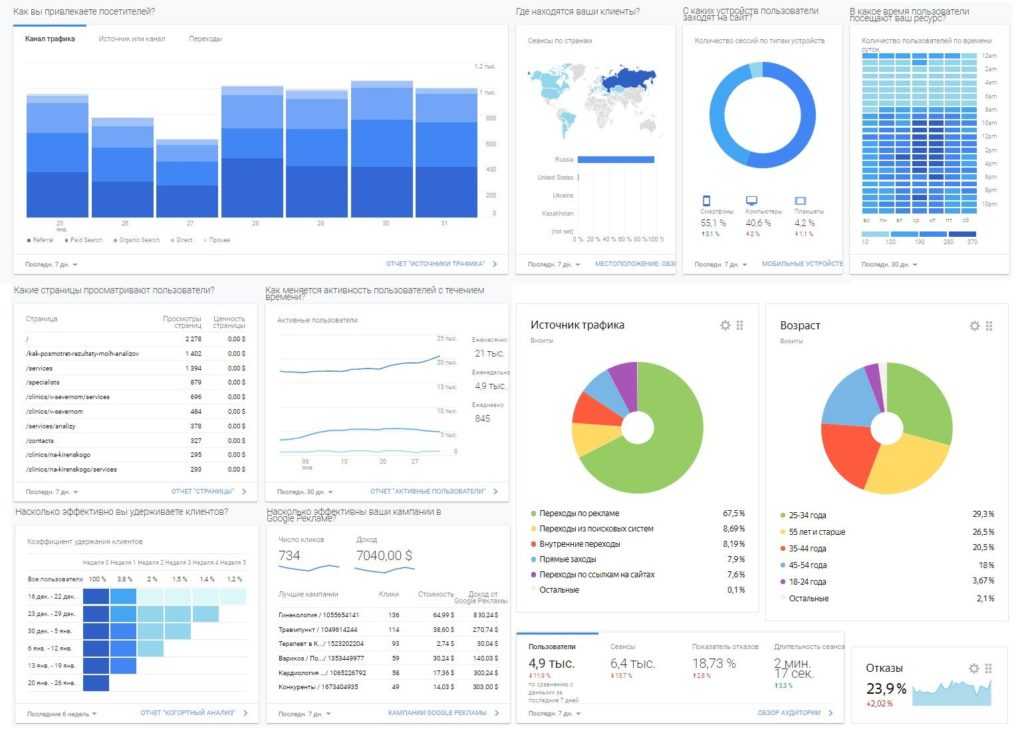В наше время социальные медиа стали неотъемлемой частью успешной рекламной стратегии. Особенно платформы Instagram и Facebook предоставляют огромные возможности для привлечения клиентов и увеличения объема заявок. Однако, чтобы добиться успеха, важно не только использовать эти платформы, но и делать это уникальным образом, чтобы выделиться из толпы. В этой статье мы расскажем, как увеличить объем заявок для вашего бизнеса с помощью рекламы на Instagram и Facebook, придавая вашему подходу абсолютную уникальность.

Целевая аудитория - ключ к успеху
Ключевым фактором успешной рекламной кампании на Instagram и Facebook является правильно определенная и четко выделенная целевая аудитория. Ведь нет смысла тратить ресурсы на тех, кто не заинтересован в вашем продукте или услуге. Вот несколько подробных шагов, как правильно подойти к определению и использованию целевой аудитории:
Маркетинговые исследования
Прежде чем начать создавать рекламную кампанию, проведите маркетинговые исследования. Изучите рынок, конкурентов, их аудиторию. Это поможет вам понять, кто уже заинтересован в вашей нише, и какие особенности характеризуют эту аудиторию.
Demographic data
Определите демографические данные вашей целевой аудитории: возраст, пол, местоположение, образование, доходы и другие характеристики. Эти данные помогут вам создать более точное и релевантное объявление.
Психографические характеристики
Не ограничивайтесь только демографией. Изучите интересы, ценности, образ жизни и поведение вашей аудитории. Это поможет вам лучше понять, какой контент и какой подход будет наиболее привлекательным для вашей целевой группы.
Прошлый опыт и данные
Если у вас уже есть определенная аудитория, анализируйте данные о том, какие посты или продукты вызвали наибольший интерес. Это может подсказать вам, какие характеристики и темы следует поддерживать в вашей рекламе.
Тестирование и оптимизация
Не бойтесь тестировать разные варианты целевой аудитории. Протестируйте объявления на разных сегментах аудитории и анализируйте результаты. Это поможет вам лучше понять, какие группы наиболее реагируют на ваш контент.
Constantly updated
Помните, что целевая аудитория может меняться со временем. Новые тренды, изменения в поведении потребителей – все это может влиять на вашу аудиторию. Постоянно следите за изменениями и обновляйте свою стратегию.
В итоге, целевая аудитория – это не просто статический список характеристик, а живой и развивающийся сегмент людей. Ваша задача – находить эффективные способы связи с ними, понимать их потребности и ожидания, чтобы создать рекламные кампании, которые будут действительно интересны и полезны вашей аудитории.


Стратегия контента – сделайте ее неповторимой
Чтобы выделяться среди огромного потока контента в социальных медиа, необходимо разработать уникальную стратегию контента. Ваша цель – создать контент, который будет не только интересен и полезен вашей аудитории, но и запоминающимся, что поможет поддержать и укрепить узнаваемость вашего бренда.
Тематическое разнообразие
Варьируйте темы и форматы контента. Предлагайте разнообразные типы публикаций: обучающие посты, вдохновляющие цитаты, интересные факты, за кадром процесса работы и многое другое. Это поддержит интерес вашей аудитории и создаст более глубокую связь с ней.
Оригинальные идеи
Не бойтесь экспериментировать с нестандартными идеями. Ваш контент может включать не только продукты или услуги, но и истории клиентов, интересные факты из мира вашей ниши, а также связанные с вашей темой тренды и новости.
Регулярное обновление
Поддерживайте регулярное обновление контента. Разнообразие и постоянное появление новых публикаций удерживает внимание аудитории. Однако, помните, что качество всегда важнее количества.

Стиль и эстетика – ваша визитная карточка
Визуальная составляющая вашего контента является одним из ключевых элементов, которые делают ваш бренд узнаваемым и привлекательным. Ваш стиль и эстетика должны быть визуальной отражением ценностей и уникальности вашего бренда.
Цветовая палитра и шрифты
Выберите цвета и шрифты, которые будут характеризовать ваш бренд. Они должны соответствовать его личности и передавать нужные эмоции. Поддерживайте единство цветовой палитры и шрифтов во всем контенте.
Визуальные элементы
Используйте уникальные визуальные элементы, такие как логотипы, иконки, графические элементы. Они добавляют узнаваемости и стиля вашему контенту.
Соблюдение стиля
Следите за единым стилем во всех видах контента – от фотографий до графических изображений. Это создает гармоничное восприятие вашего бренда.
Адаптация к платформе
Учтите специфику каждой платформы – Instagram и Facebook имеют разные требования к размерам изображений и видео. Адаптируйте ваш контент под каждую платформу, сохраняя при этом узнаваемость стиля.
Помните, что ваша стратегия контента и визуальный стиль – это то, что будет выделять ваш бренд среди множества других. Сделайте их неповторимыми, соответствующими вашей нише и ценностям, и вы создадите прочную основу для успешной рекламной кампании.

Истории и рассказы – подключите эмоции
Рассказывание историй – мощный инструмент для подключения эмоций вашей аудитории. Эмоции делают контент более привлекательным и легко запоминающимся. Вот как вы можете использовать истории и рассказы для создания глубокой связи с вашей аудиторией:
Персональные истории
Расскажите истории о людях, стоящих за вашим брендом – это может быть история основателя, истории успеха клиентов, сотрудников. Подчеркните их стремления, победы, трудности и радости. Это поможет вашей аудитории почувствовать близость и реальность вашего бренда.
Расскажите об идеях и целях
Поделитесь историей о том, как родилась идея вашего бренда, какие цели вы преследуете. Это позволит вашей аудитории почувствовать с вами сопричастность и понимание вашей миссии.
Поддержка общественных и социальных ценностей
Используйте рассказы, которые поддерживают общественные и социальные ценности. Это помогает вашему бренду стать более глубоким и значимым, позволяя аудитории видеть, что вы делаете важные вещи не только в сфере бизнеса.
Подчеркните уникальность продукта или услуги
Создайте истории, которые демонстрируют, как ваш продукт или услуга делают жизнь ваших клиентов лучше. Расскажите о реальных примерах использования, о том, какие преимущества они получают. Подключите к этому позитивные эмоции.

Активное взаимодействие – не оставляйте без ответа
Важным аспектом взаимодействия с аудиторией является активное общение. Не ограничивайтесь публикациями – отвечайте на комментарии, ставьте лайки, задавайте вопросы. Ваша активность создает ощущение, что вы действительно интересуетесь мнением и потребностями своей аудитории.
Внимание к отзывам и комментариям
Следите за отзывами и комментариями под вашими публикациями. Благодарите за положительные отзывы, отвечайте на вопросы, помогайте разрешать возникающие проблемы.
Вопросы и опросы
Задавайте вопросы и проводите опросы. Это создает взаимодействие, позволяя вашей аудитории выразить свое мнение. Используйте результаты опросов для адаптации вашей стратегии.
Ответы на сообщения
Не оставляйте без ответа личные сообщения и запросы. Быстрый и внимательный ответ создает положительный опыт взаимодействия с вашим брендом.
В итоге, истории и рассказы, переплетенные с эмоциями, а также активное взаимодействие с аудиторией, помогут создать глубокую связь с вашими клиентами. Это укрепит лояльность, поддержит интерес и поможет вашему бренду действительно оставаться значимым в глазах вашей аудитории.

Конкурсы и акции – стимулируйте участие
Организация конкурсов и акций – прекрасный способ заинтересовать и мотивировать вашу аудиторию взаимодействовать с вашим брендом. Правильно разработанные и проведенные мероприятия могут не только привлечь новых клиентов, но и поддержать лояльность уже существующих. Вот как создать увлекательные конкурсы и акции, которые стимулируют активное участие:
Четкая цель и правила
Определите, что именно вы хотите достичь с помощью конкурса или акции. Это может быть увеличение подписчиков, продаж определенного продукта, улучшение вовлеченности. После этого разработайте четкие и прозрачные правила, чтобы аудитория точно знала, как участвовать и что от нее требуется.
Привлекательные призы
Выберите призы, которые будут действительно привлекательными для вашей целевой аудитории. Это могут быть ваши продукты или услуги, подарочные карты, эксклюзивные предложения. Призы должны стимулировать участие и вызывать желание победить.
Простые действия для участия
Сделайте действия, необходимые для участия, максимально простыми и понятными. Это может быть подписка на аккаунт, лайк и комментарий под постом, использование хэштега, репост и другие простые шаги.
Визуальное привлечение
Создайте яркий и привлекательный визуальный контент для анонса конкурса или акции. Используйте креативные дизайны, привлекательные изображения и графику, чтобы сразу заинтересовать аудиторию.
Тайминг и длительность
Выберите оптимальный момент для проведения конкурса или акции. Учтите, что сезонные темы, праздники или специальные события могут добавить актуальности. Определите длительность акции – она должна быть достаточной, чтобы аудитории было удобно участвовать, но и не слишком долгой, чтобы не утратить интерес.
Вовлечение и взаимодействие
Стимулируйте вовлеченность и взаимодействие участников. Предлагайте им комментировать, отвечать на вопросы, делиться своими историями. Это поможет создать близкую связь с аудиторией и сделать участие более интересным.
Прозрачное определение победителей
После завершения конкурса или акции объявите победителей честным и прозрачным способом. Разработайте четкую схему выбора победителей и сообщите о результатах.
Конкурсы и акции – это не только способ привлечения внимания, но и возможность усилить взаимодействие с вашей аудиторией. Создайте интересные и увлекательные мероприятия, которые не только подарят победителям призы, но и помогут вашему бренду стать более интересным и вовлекающим для вашей целевой аудитории.

Анализ и оптимизация – постоянно совершенствуйтесь
Ключевой аспект успешной рекламной стратегии на Instagram и Facebook – это непрерывный анализ результатов и их оптимизация. Этот процесс поможет вам постоянно совершенствовать ваш подход, улучшать результаты и достигать большего успеха. Вот как подробно осуществлять анализ и оптимизацию:
Сбор данных
Сначала необходимо собрать данные о каждой рекламной кампании. Оцените показатели, такие как клики, просмотры, вовлеченность, конверсии и другие метрики. Используйте инструменты аналитики социальных медиа для получения подробных данных.
Оценка целей
Сравните полученные показатели с целями, которые вы поставили перед рекламной кампанией. Оцените, насколько близко вы приблизились к достижению этих целей. Если показатели не соответствуют ожиданиям, это может быть сигналом для оптимизации.
Performance analysis
Проанализируйте, какие элементы кампании были наиболее эффективными. Изучите, какие посты, объявления, темы привлекли больше внимания и конверсий. Это поможет выявить успешные стратегии и использовать их в будущем.
Выявление слабых мест
Также обратите внимание на слабые места – то, что не дало ожидаемого результата. Это может быть неудачное объявление, неправильный таргетинг, неэффективное время размещения. Попробуйте определить причины неудач и сделайте выводы.
Эксперименты и оптимизация
На основе проведенного анализа определите, какие изменения можно внести для оптимизации будущих кампаний. Попробуйте разные варианты объявлений, заголовков, цветовой палитры, времени размещения и других параметров. Оцените, какие изменения дали наилучшие результаты.
Контроль и постоянное совершенствование
Помните, что анализ и оптимизация – это непрерывный процесс. Следите за результатами в реальном времени и регулярно проводите анализ. Внесение корректировок на ходу позволит вам быстро реагировать на изменения и улучшать свои результаты.
Совершенствование рекламной стратегии на Instagram и Facebook – это постоянный процесс, который требует внимания и анализа. Анализ результатов и оптимизация на основе полученных данных помогут вам добиваться все более высоких результатов и эффективности в ваших рекламных кампаниях.

Conclusion
В заключение, успешная рекламная стратегия на Instagram и Facebook требует тщательного планирования, креативности и умения находить общий язык с вашей аудиторией. От разработки уникального контента и стратегии до активного взаимодействия с подписчиками и постоянной оптимизации – каждый этап играет важную роль в достижении ваших бизнес-целей.
Используйте современные тенденции и инструменты, чтобы создать контент, который будет не только соответствовать ожиданиям вашей аудитории, но и вызовет истинный интерес. Стремитесь поддерживать эмоциональное вовлечение, создавая истории, которые сближают вас с вашей целевой аудиторией.
Не забывайте о силе конкурсов и акций, которые могут мотивировать участие и усилить взаимодействие. С постоянным анализом и оптимизацией, вы сможете корректировать свой путь, основываясь на данных и результатах.
Все эти компоненты – от стратегии контента и стиля до использования историй и рассказов, конкурсов и акций – работают вместе для создания уникального и привлекательного образа вашего бренда на социальных медиа. Следуя этим советам и подходя с творчеством и усердием, вы сможете эффективно продвигать свой бизнес и взаимодействовать с вашей аудиторией на Instagram и Facebook.







